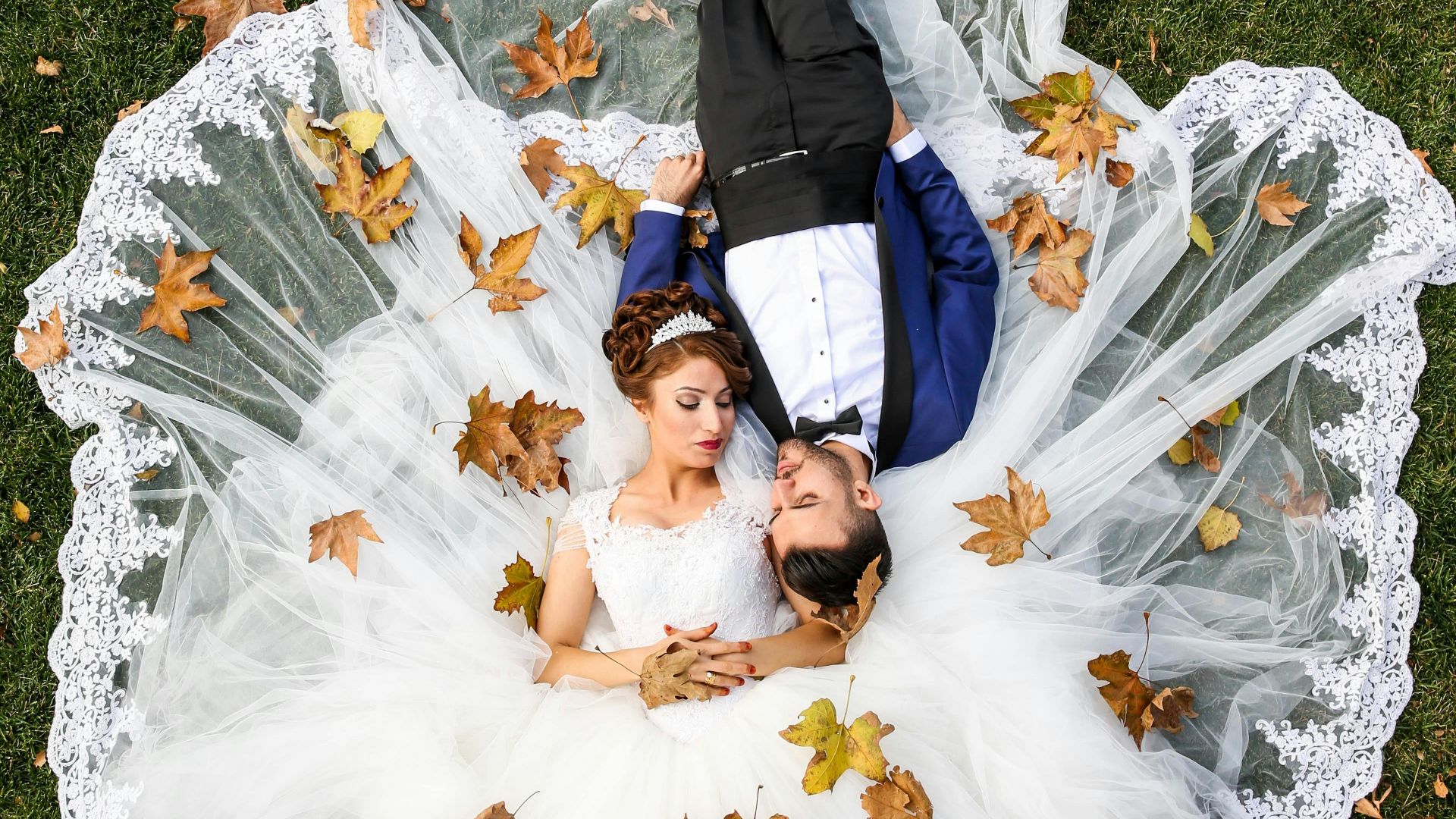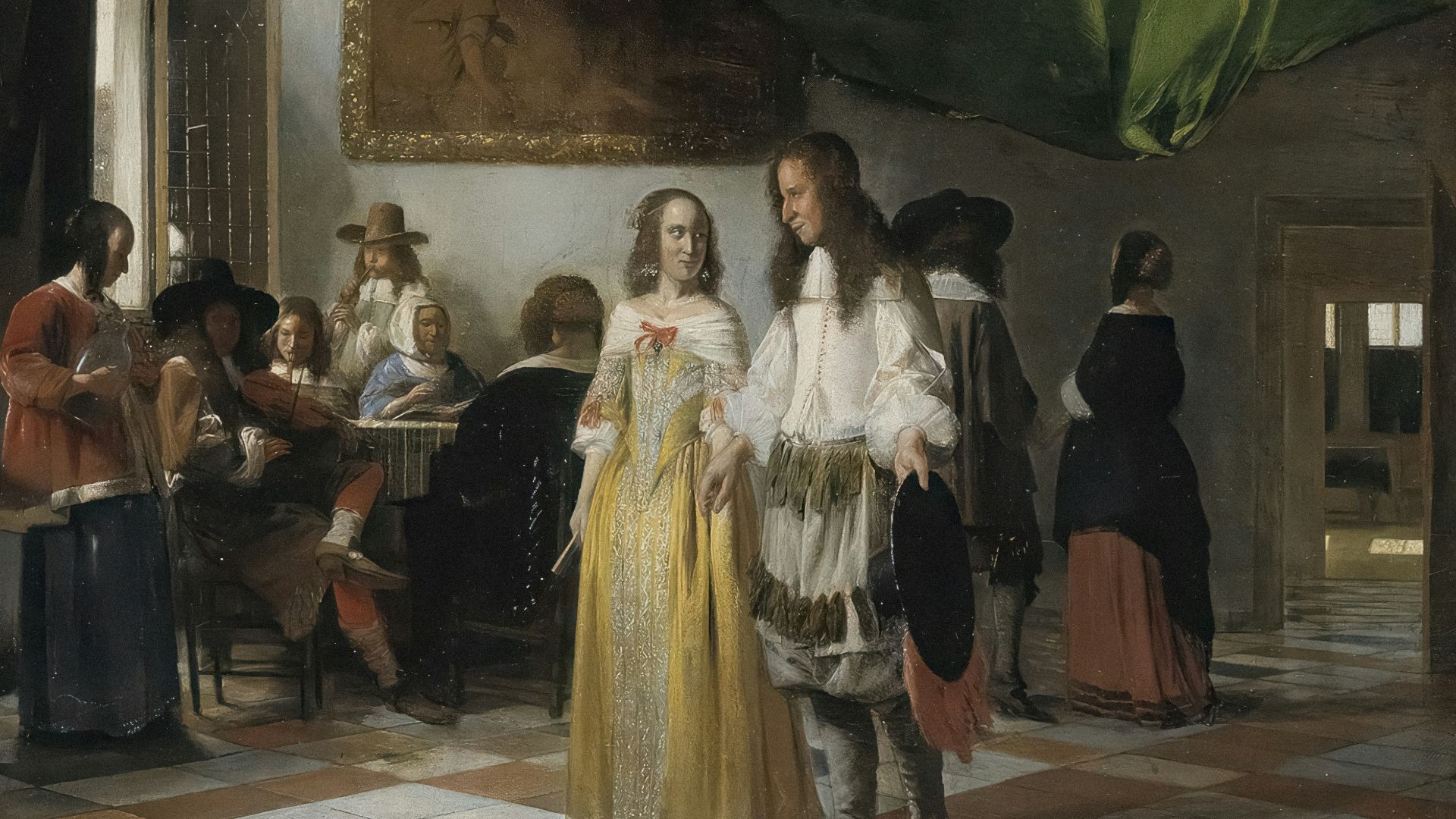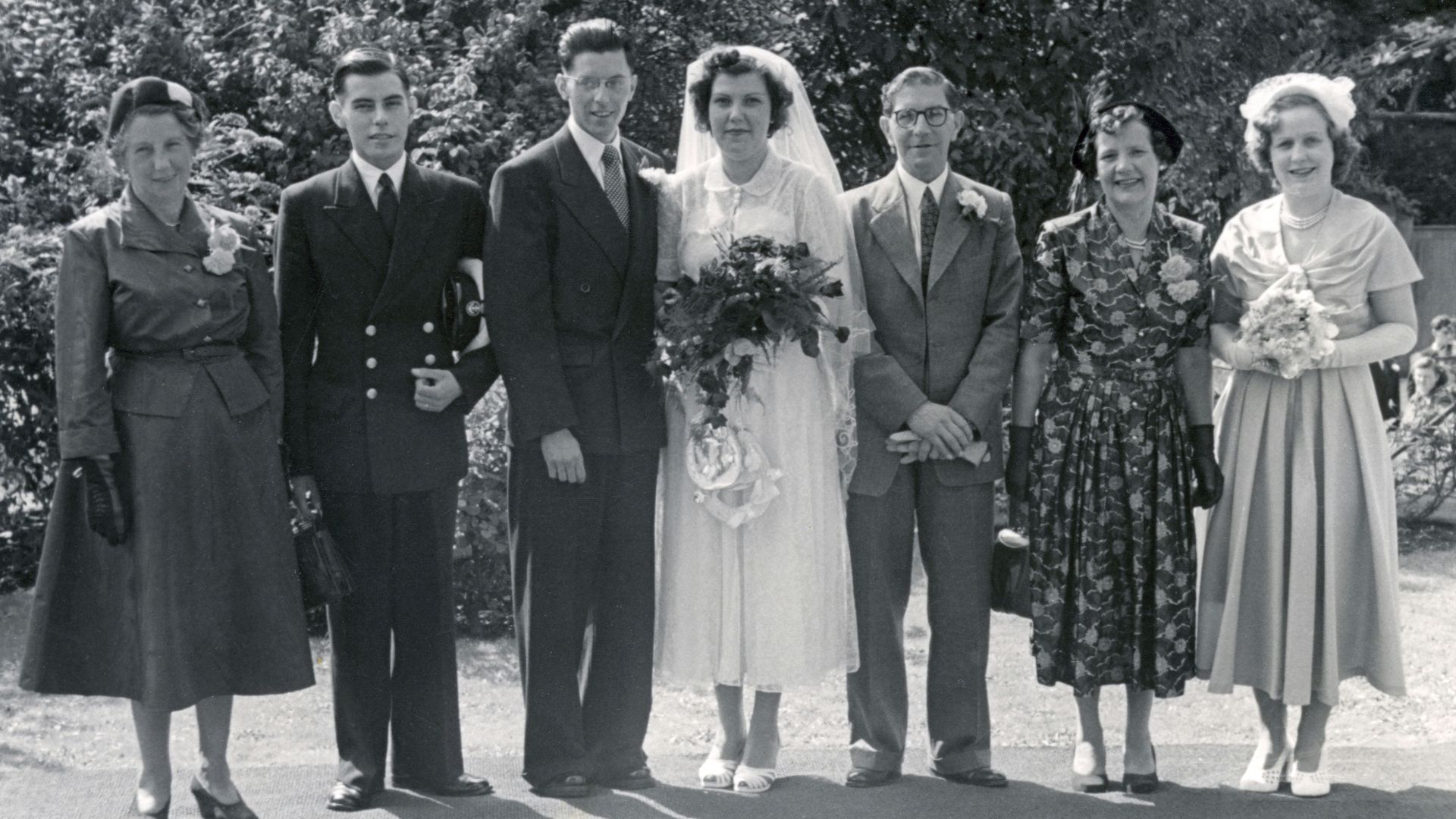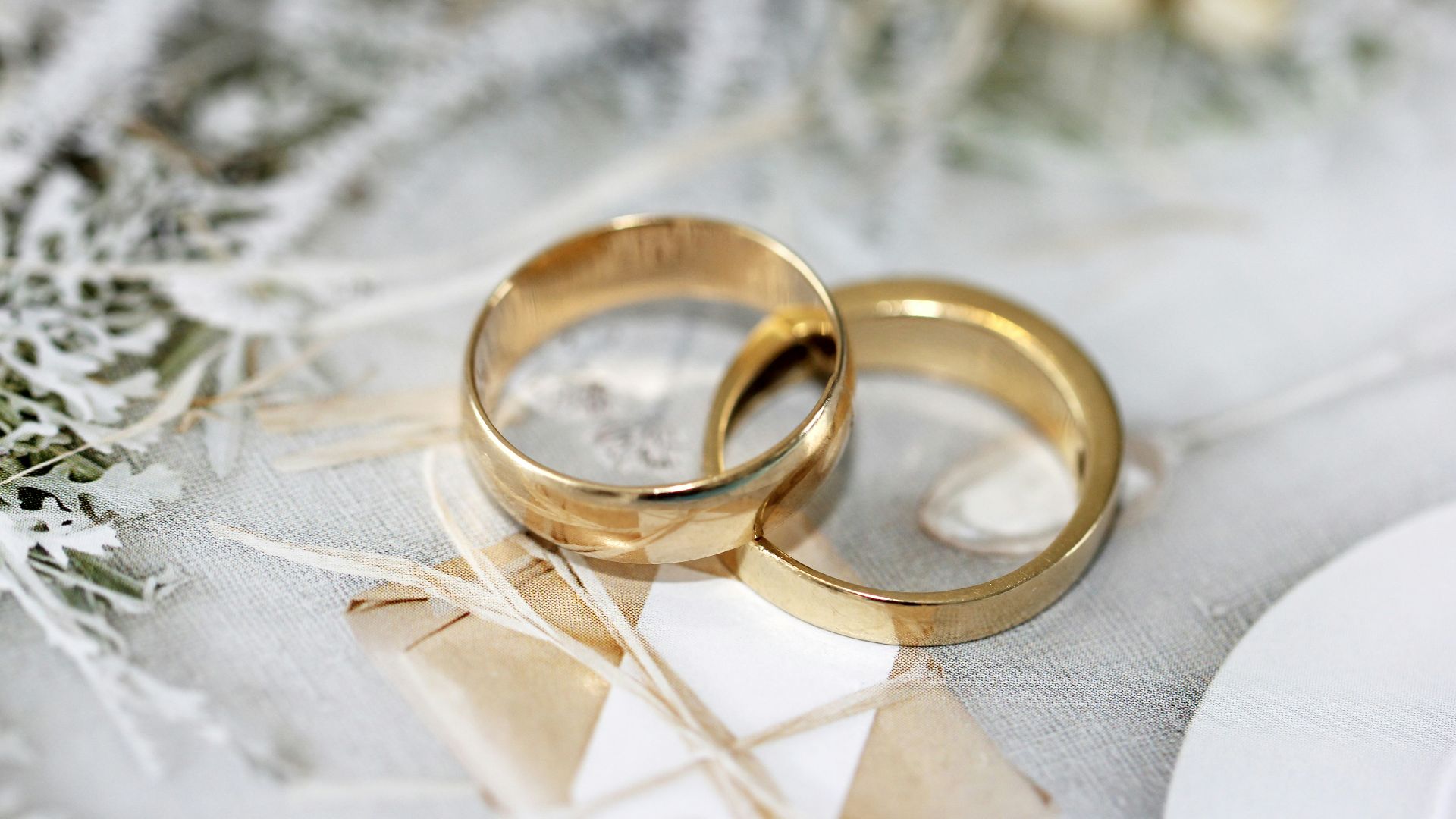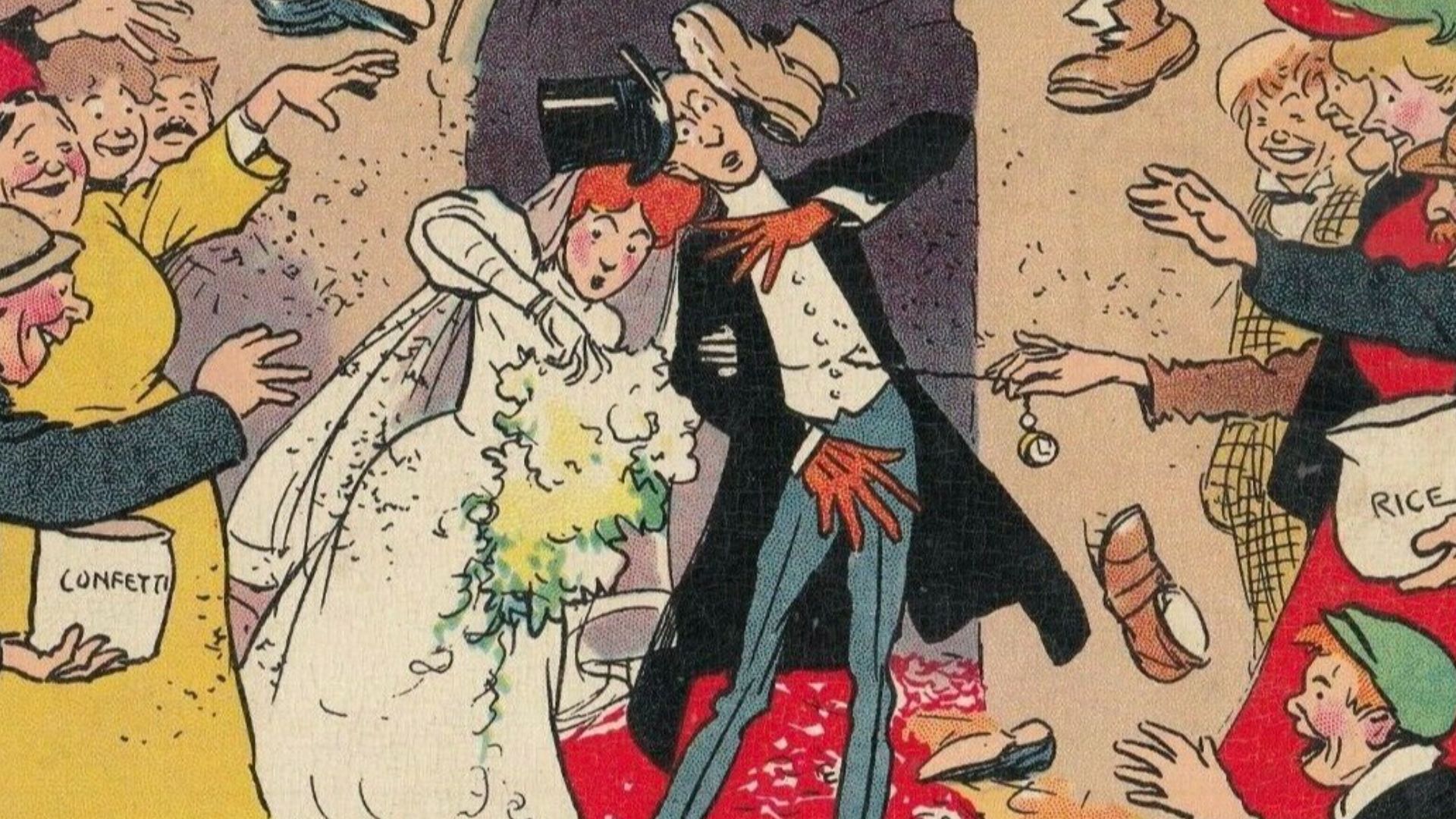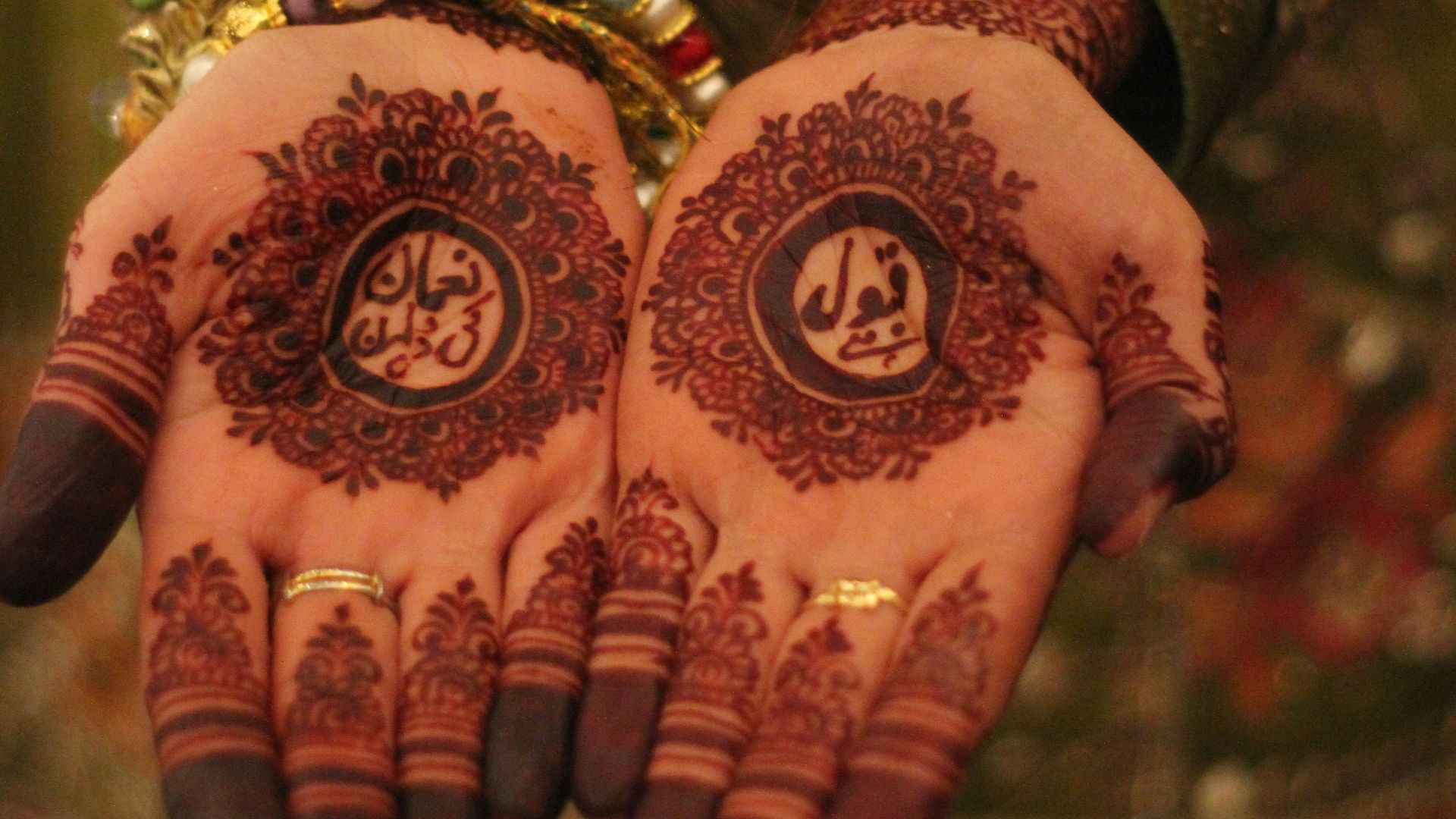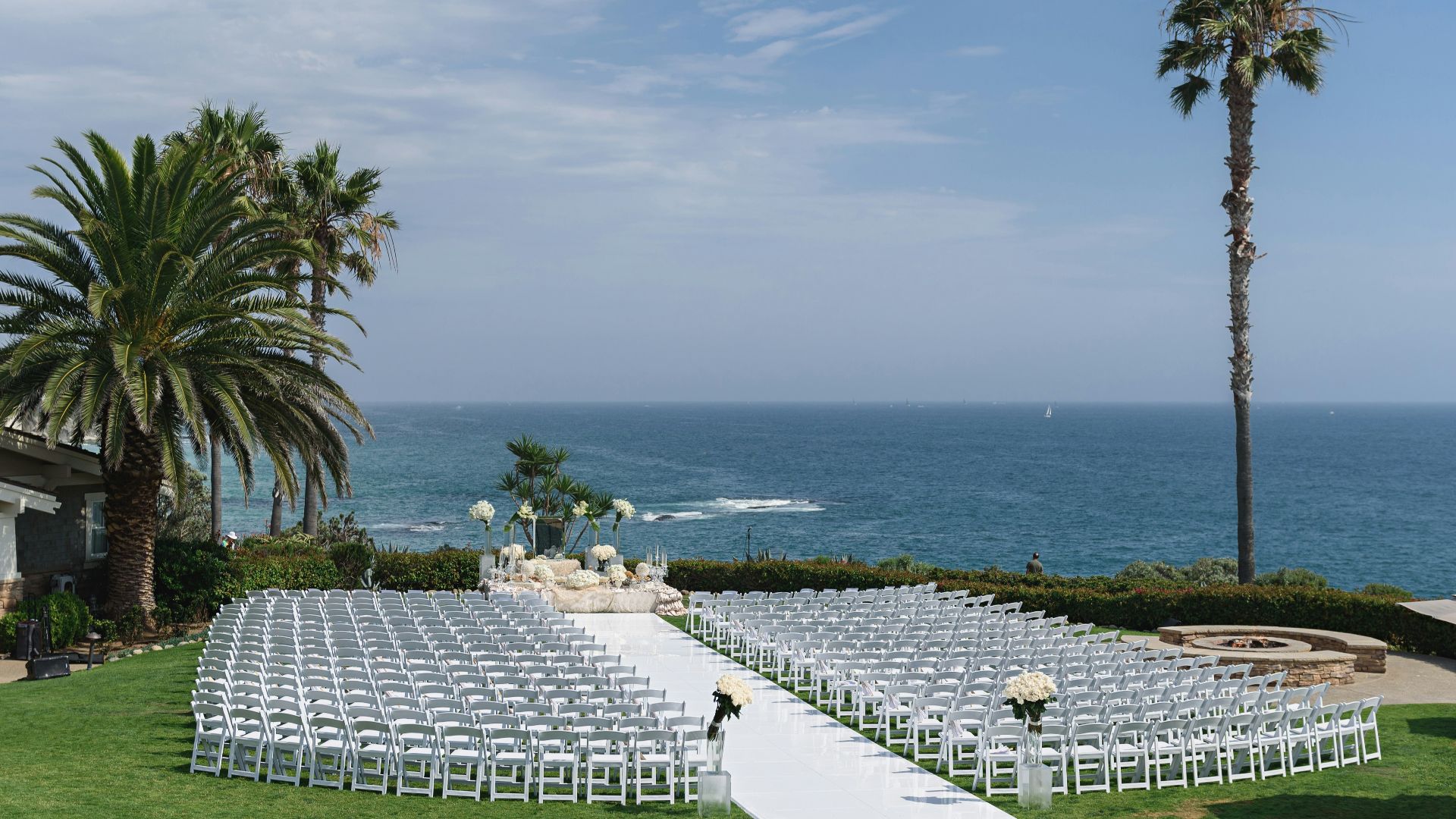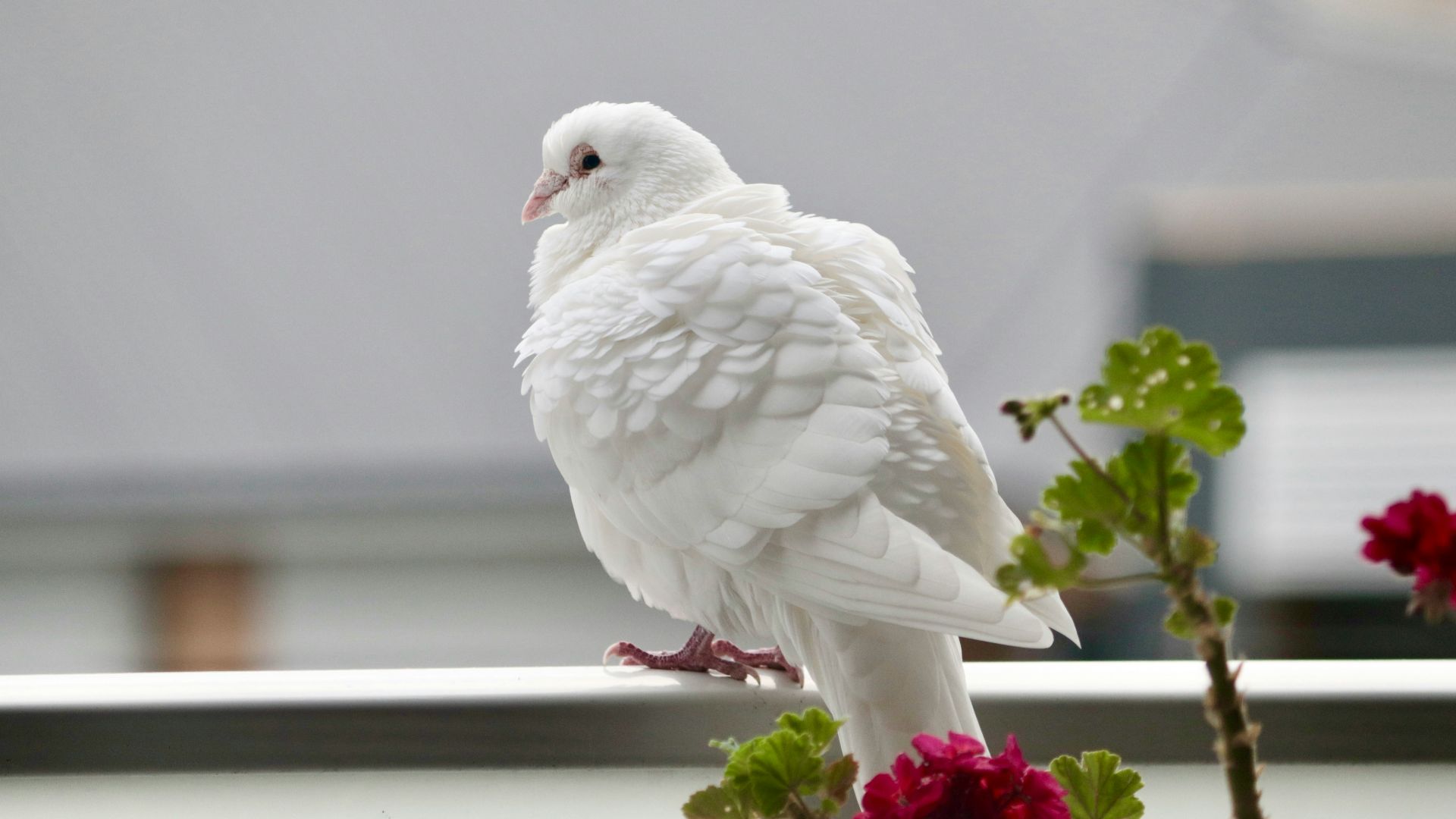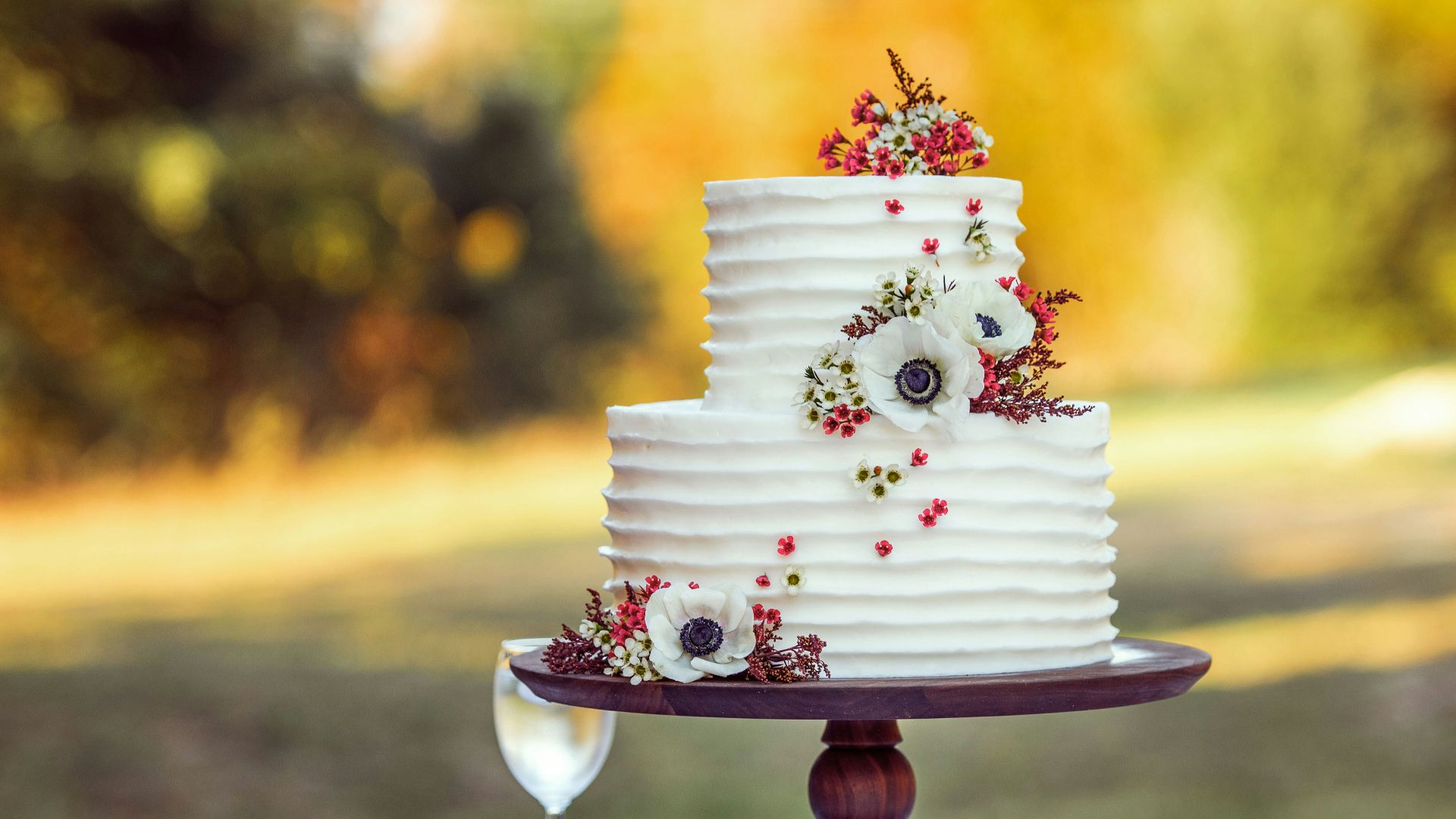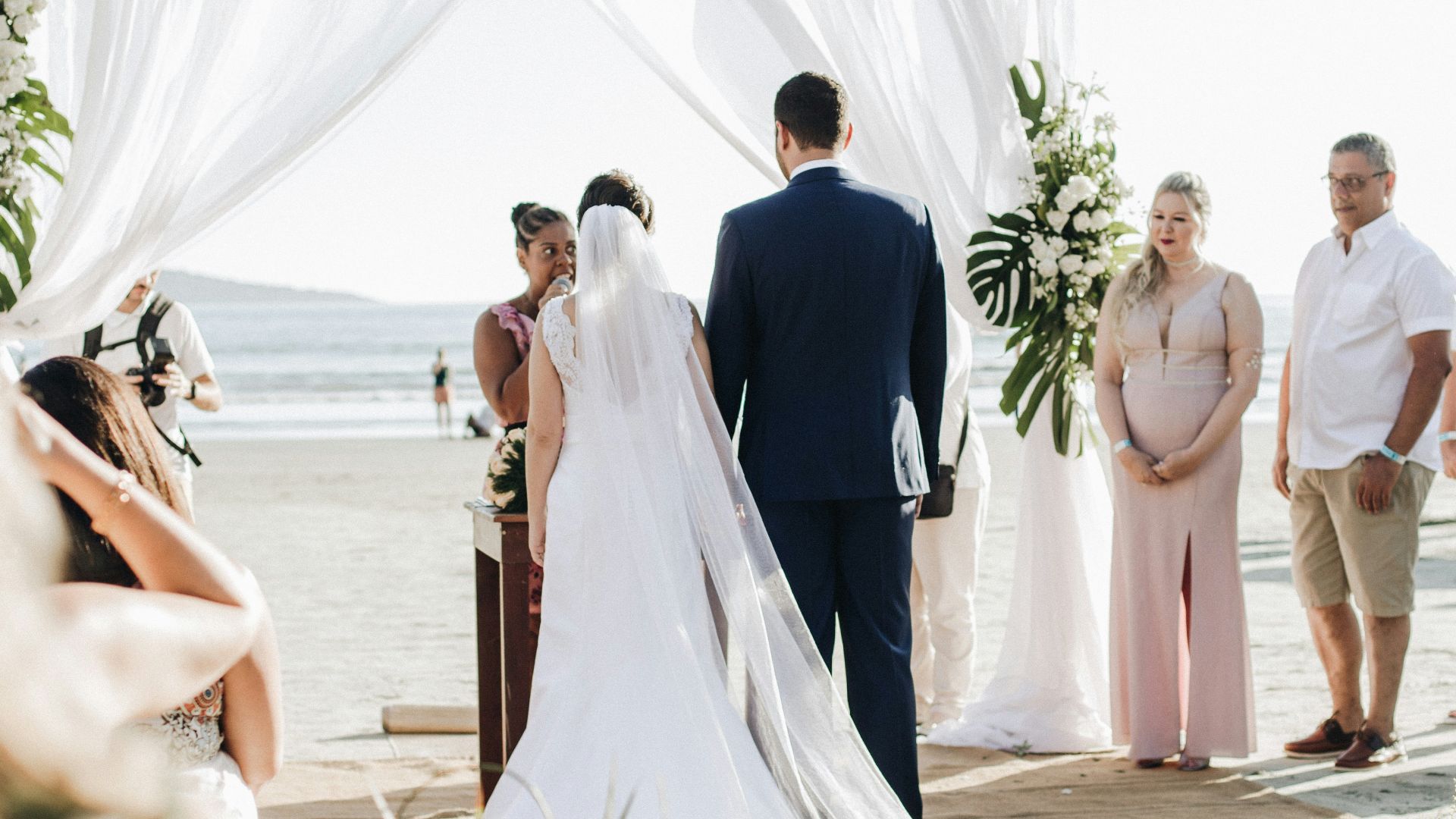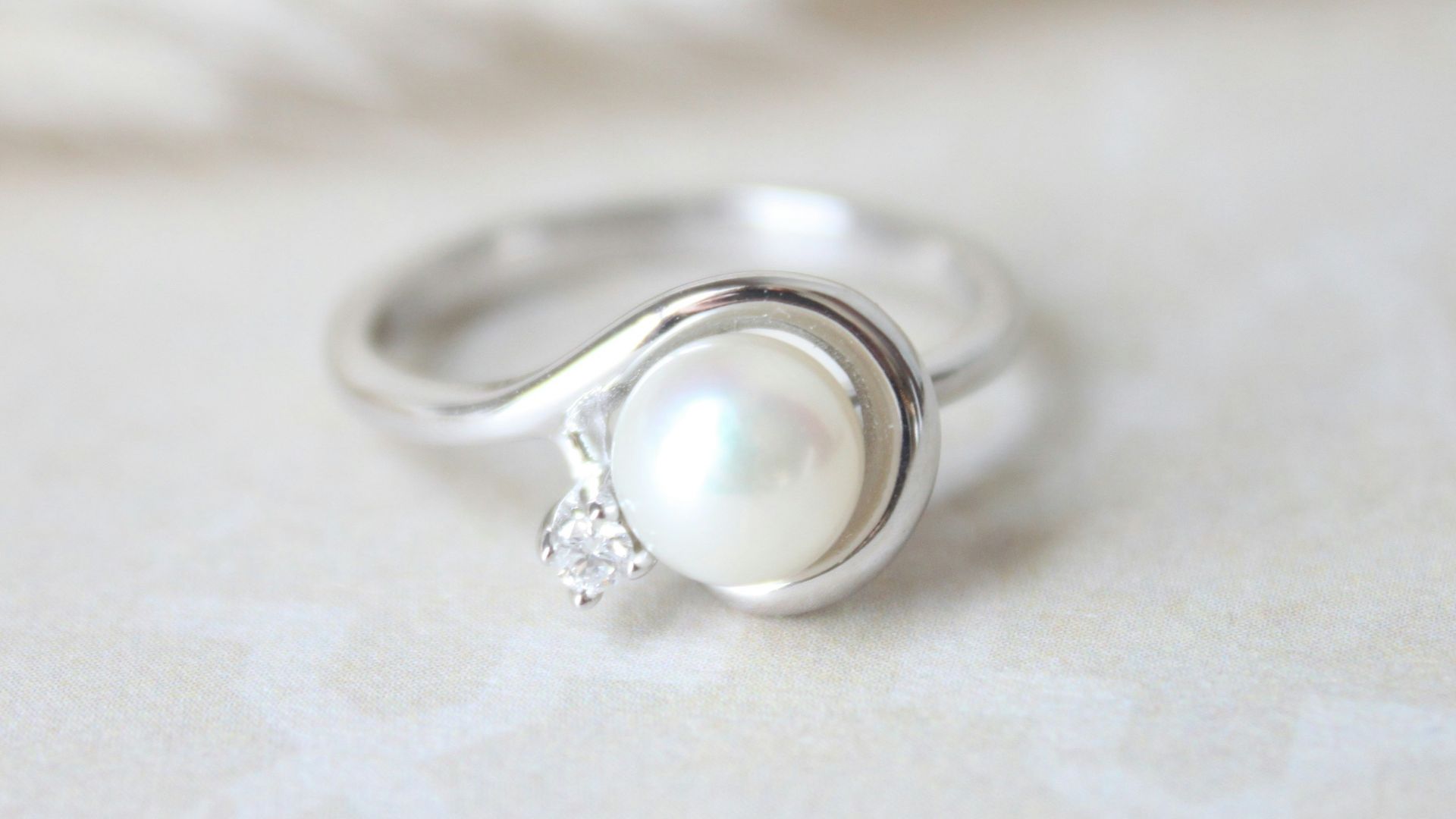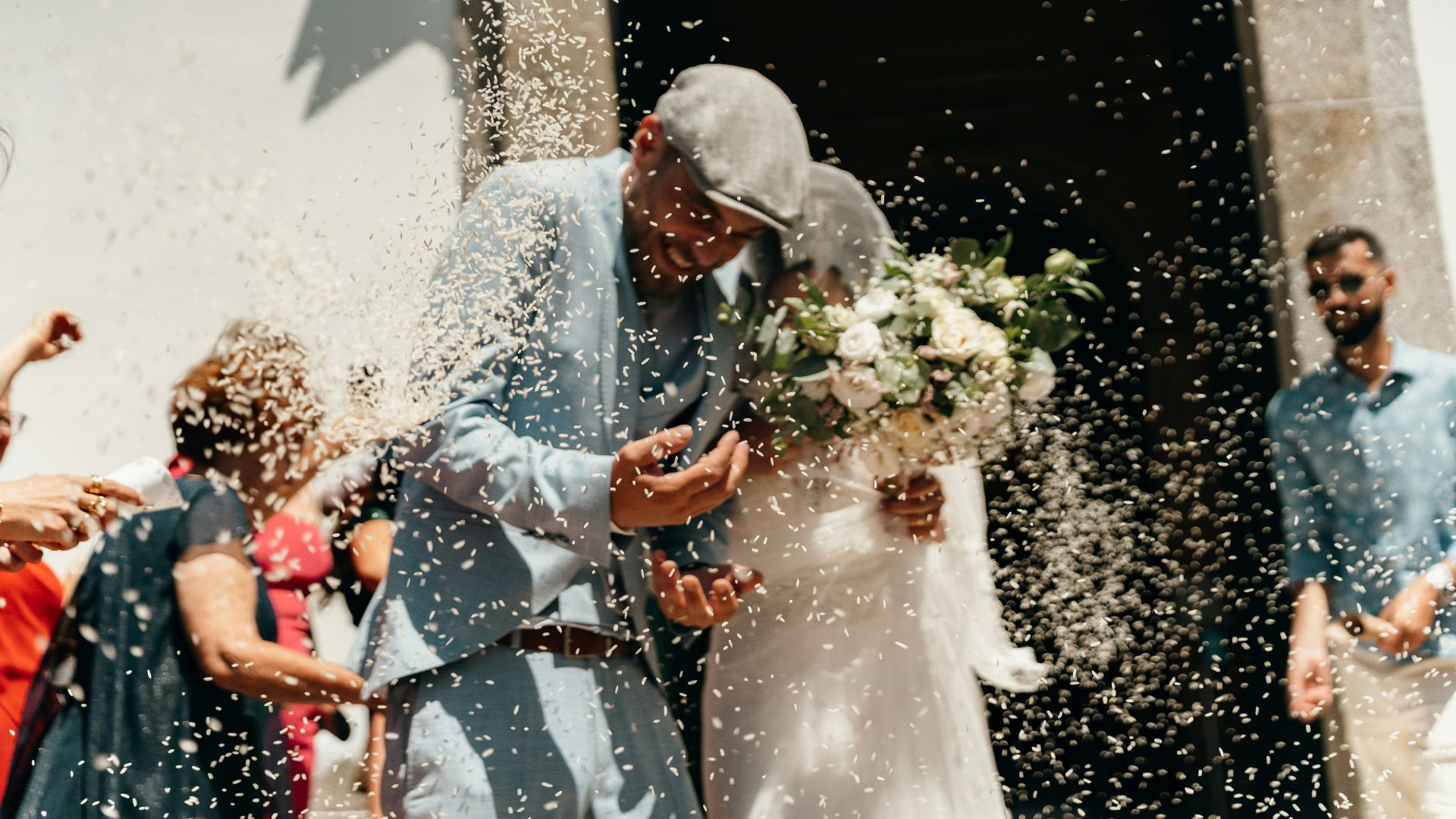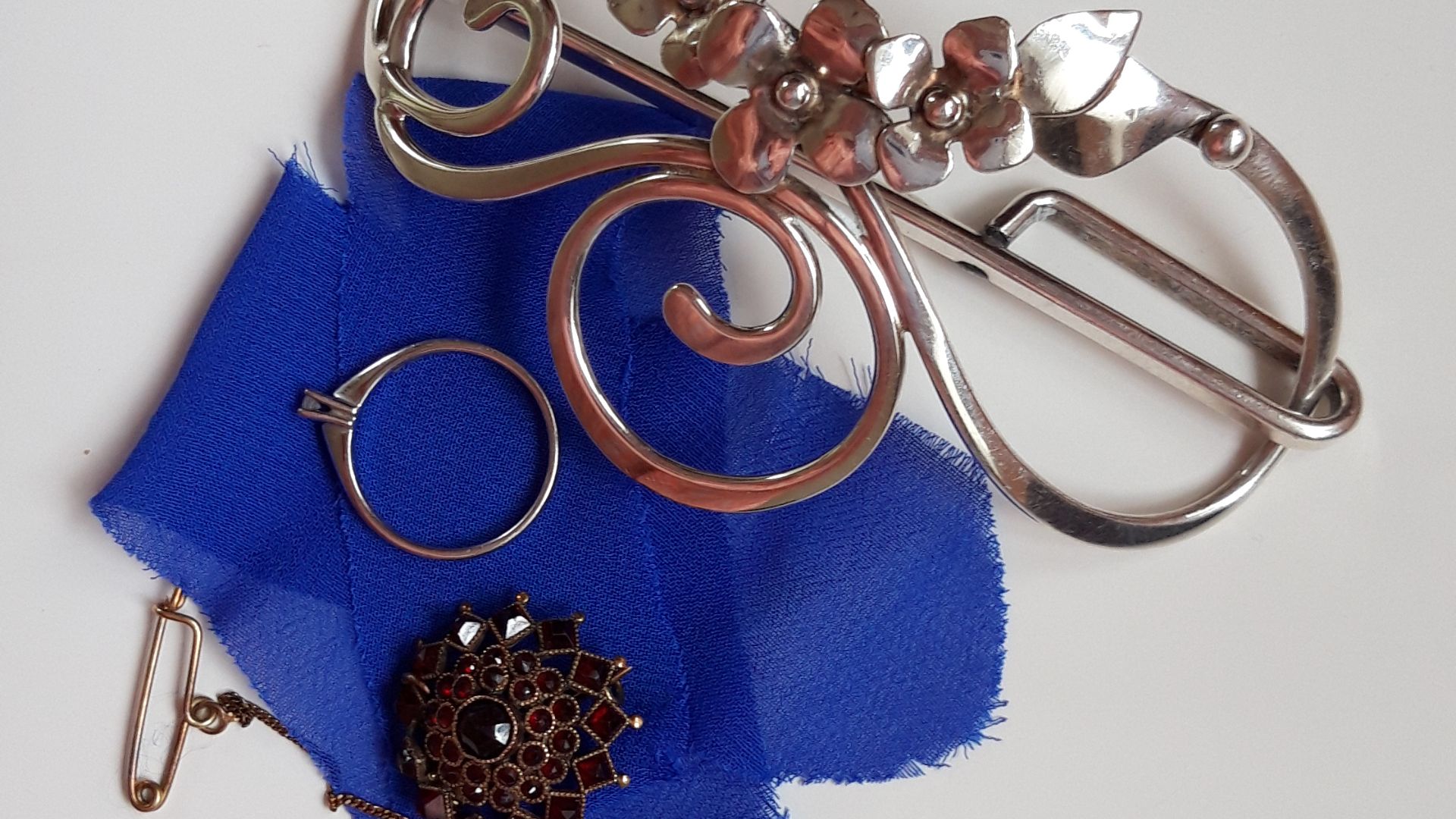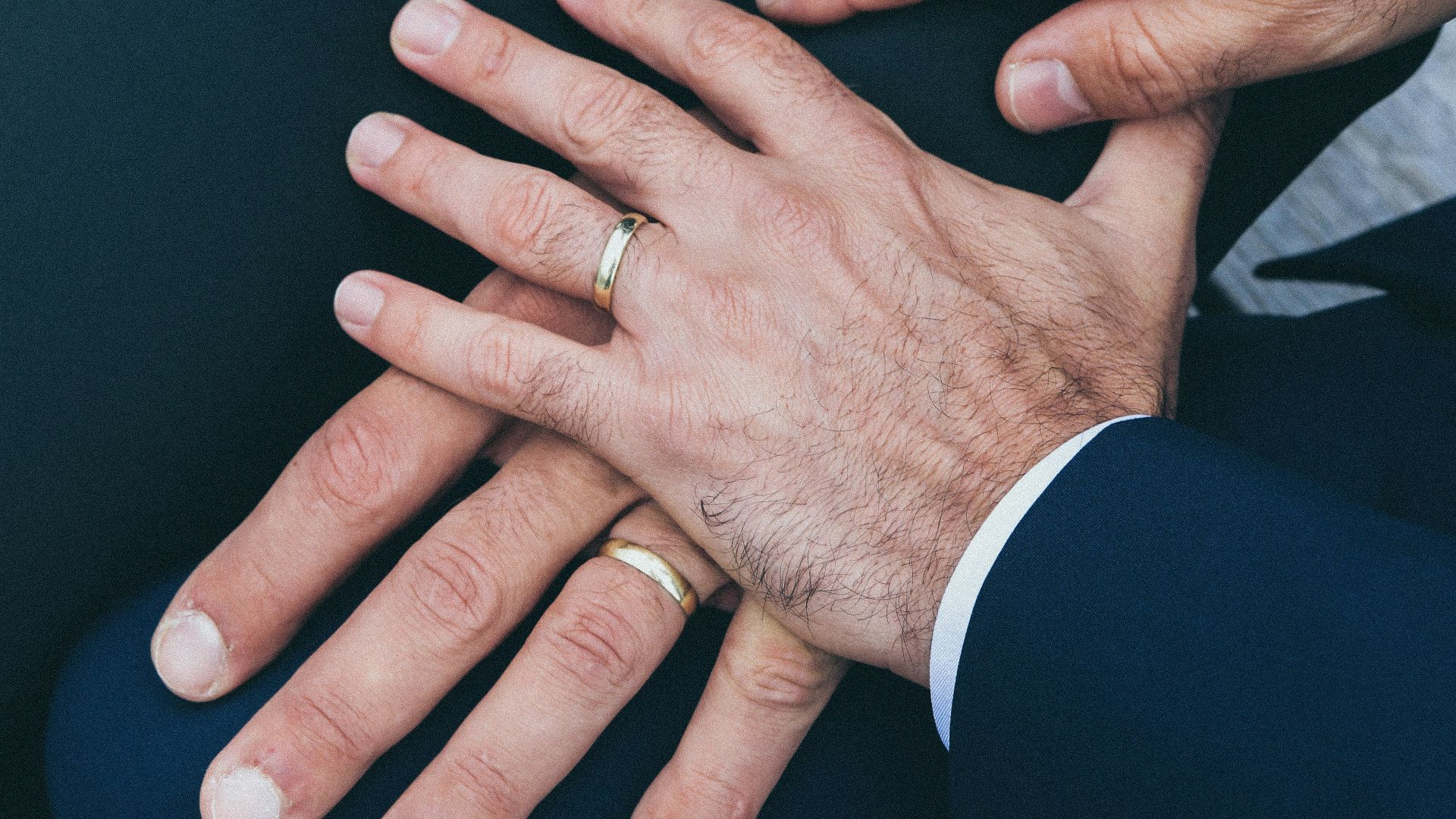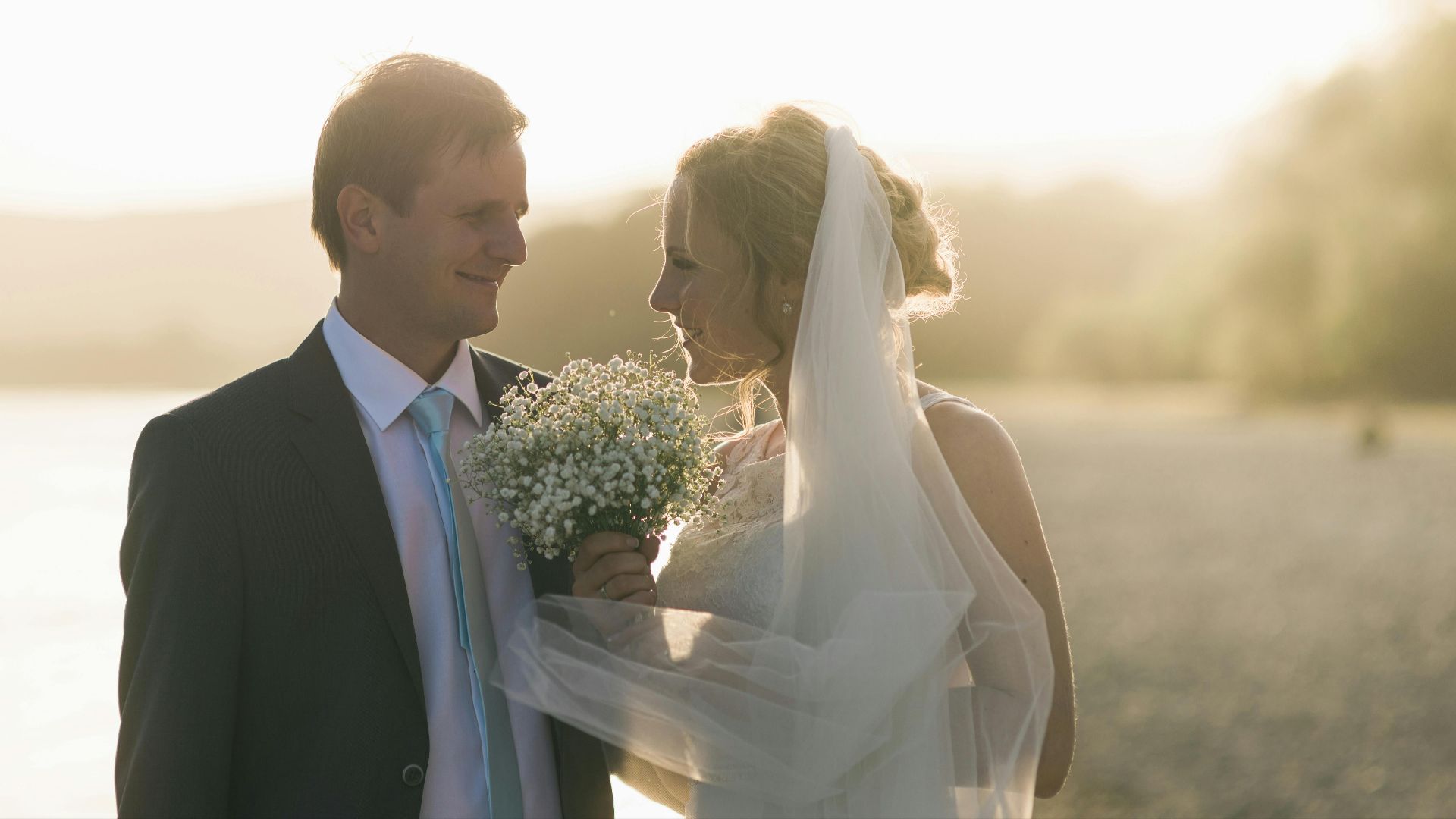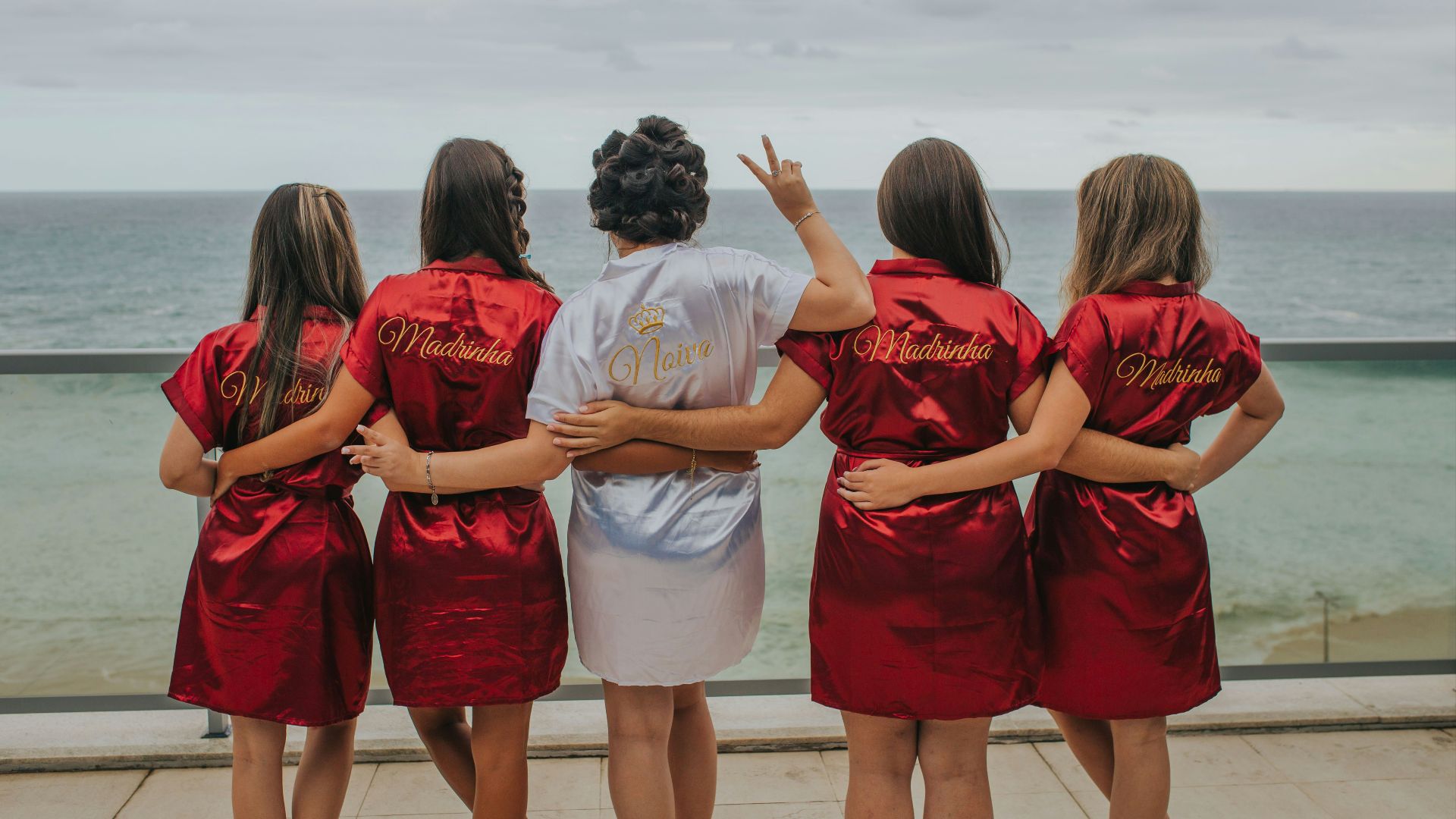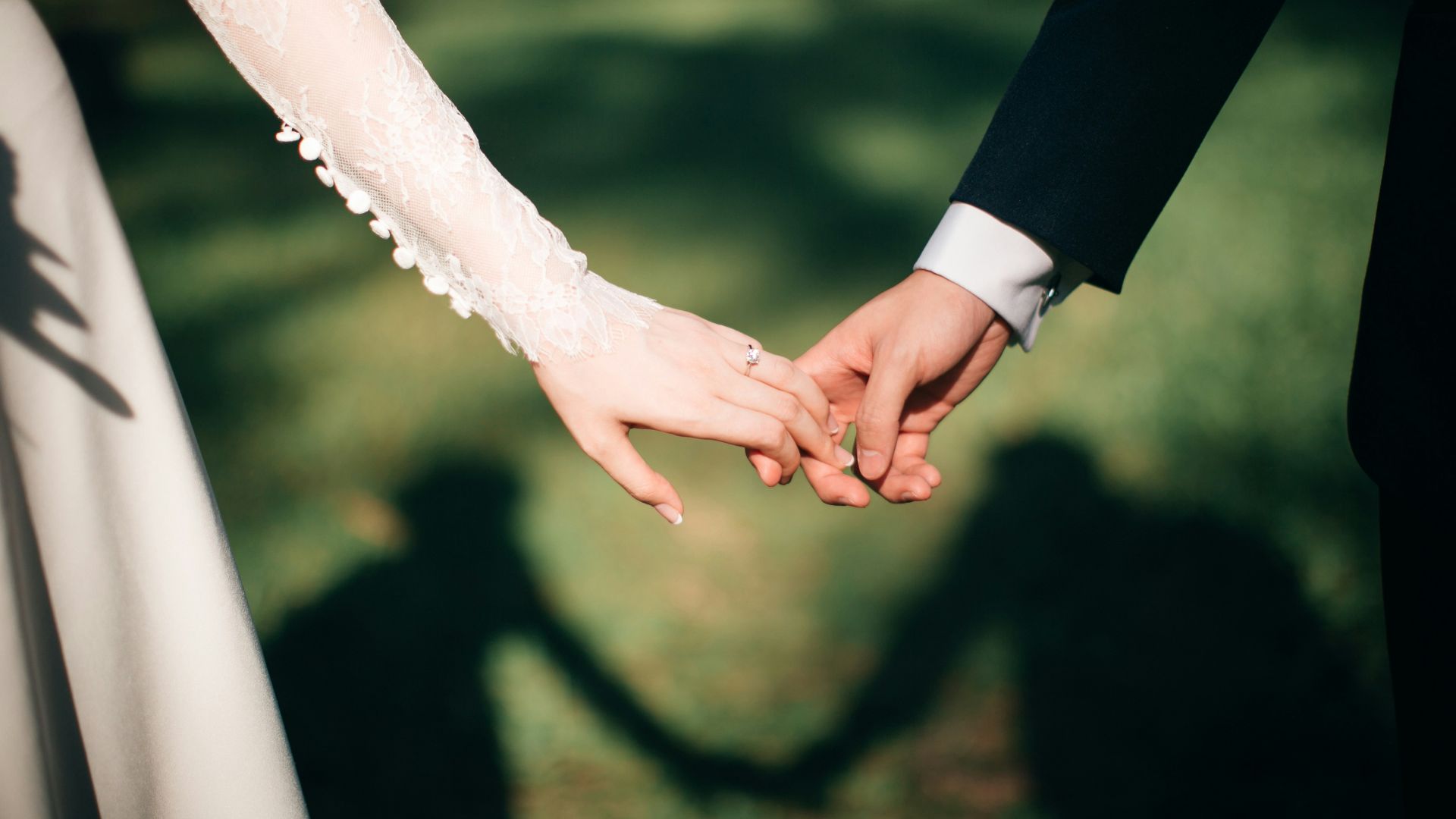Two Hearts That Beat As One
What was originally a ceremony for two individuals to set up a productive and child-bearing life together is now a celebration of love and a promise to support one another. Weddings, marriage, and the celebrations within have come a long way, but they’re still one of the oldest ways humans connect.
1. Ancient Origins
While the act of partnering up with another individual definitely predates the written word, the evolution of the wedding ceremony spread throughout Egyptian, Greek, Roman, and Mesopotamian civilizations. The first recorded wedding ceremony comes from Mesopotamia, over 4,000 years ago.
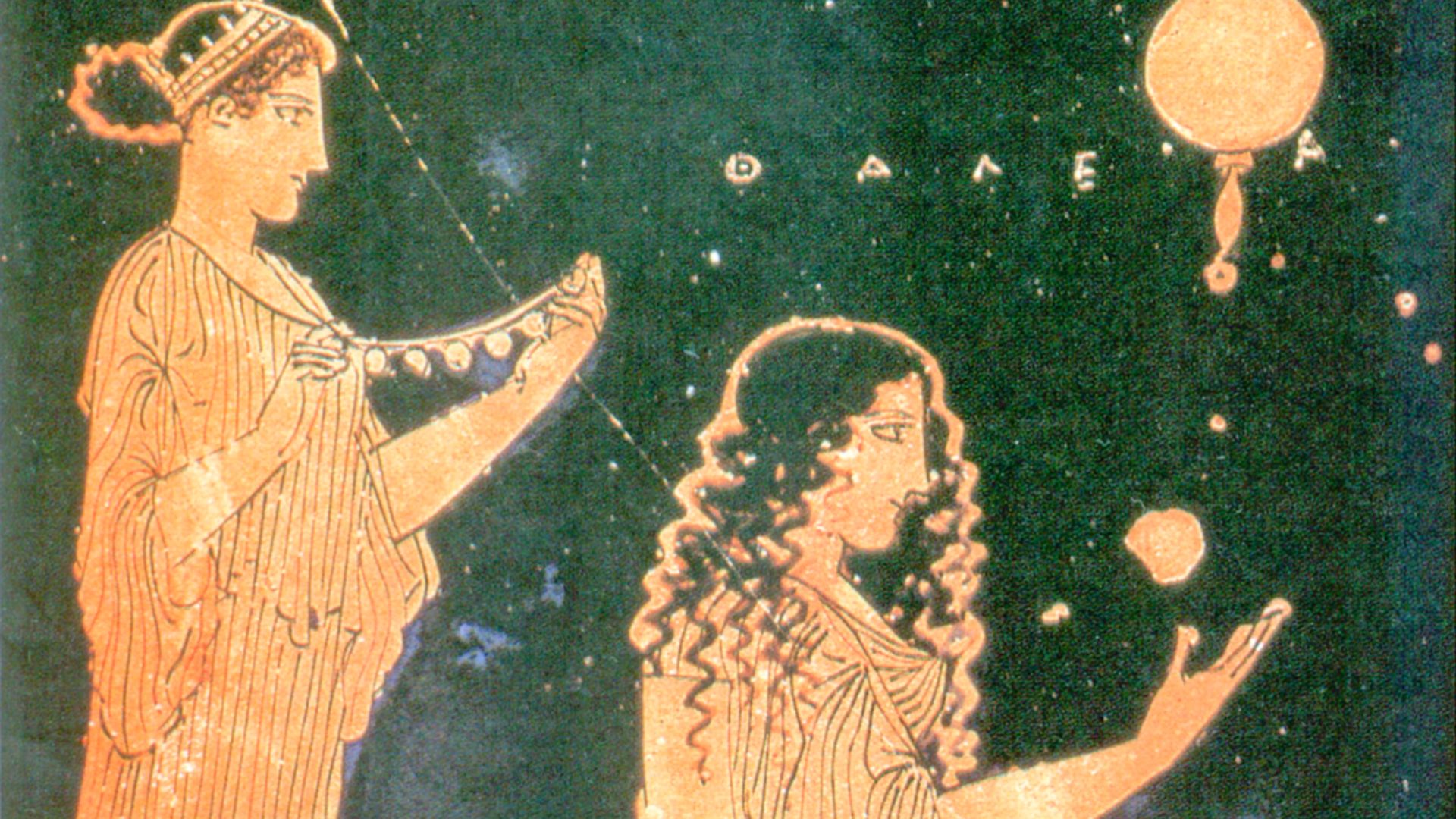 Unknown authorUnknown author on Wikimedia
Unknown authorUnknown author on Wikimedia
2. Victorian Era
This era solidified the theme of getting married in churches, decorating with flowers, white wedding dresses, the father walking the bride down the aisle, wedding marches, and cake-cutting rituals. However, Victorian weddings usually took place in the morning, instead of the traditional afternoon ceremonies we see today.
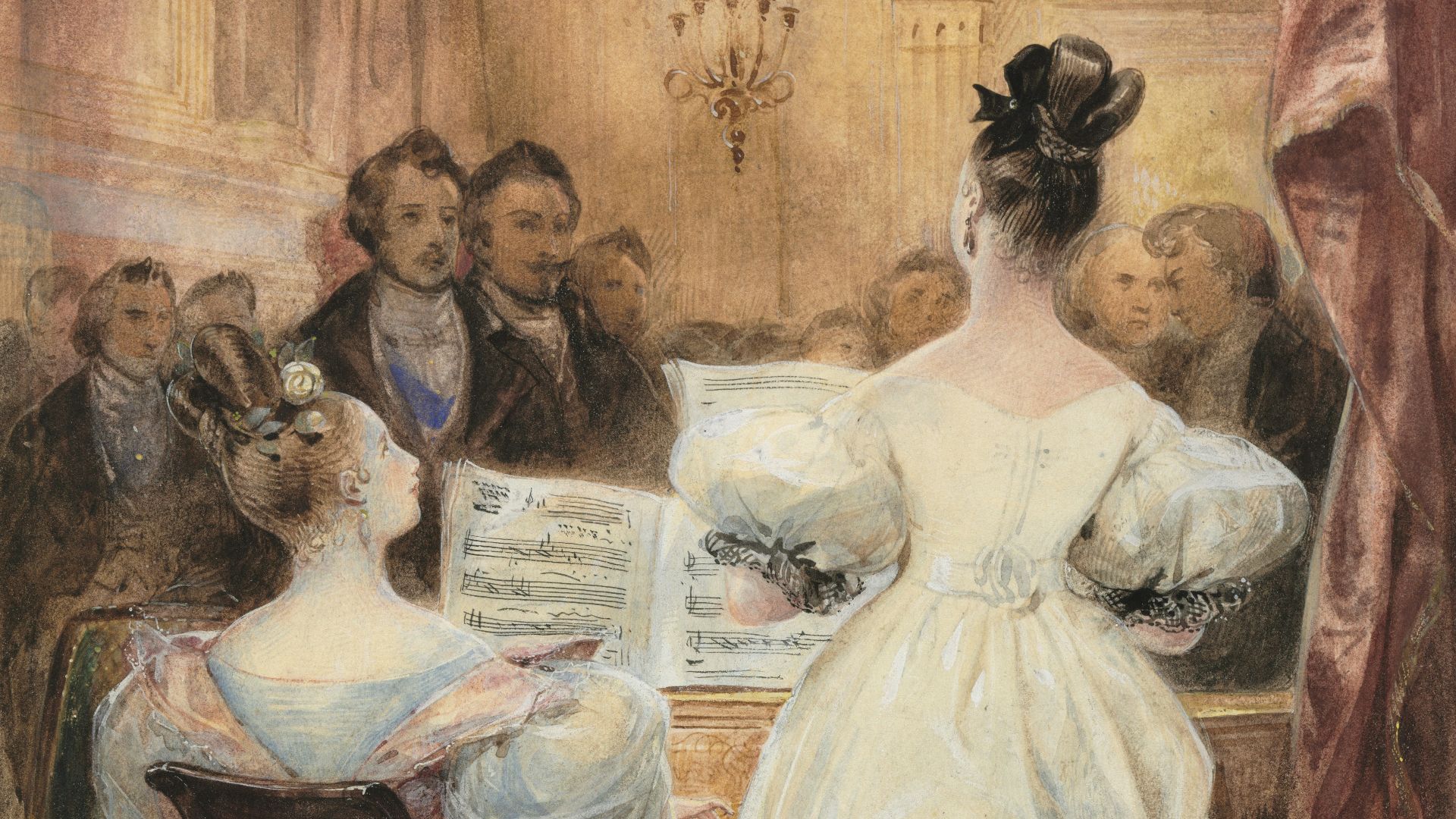 The Cleveland Museum of Art on Unsplash
The Cleveland Museum of Art on Unsplash
3. Elizabethan Era
This era furthered wedding traditions such as the exchange of rings, feasts, and the bride wearing her wedding dress after the ceremony. Elizabethan times also introduced banns, in which the intention to marry had to be announced in church three times on consecutive Sundays.
4. Post-WWII
After the Second World War, the importance of building and growing a family. Before the war, weddings were simple affairs, but the need for joy and celebration greatly increased the money and time spent on nuptials. Statistics from 1946 show that more marriages occurred in the United States than in any other year in American history up to that point.
5. The Rings
Wearing a ring on your 4th finger stems from an Ancient Roman belief that a vein known as the “vena amoris” ran from your finger directly to your heart. While we know today that that isn’t true, the tradition has stood the test of time.
6. Some Etymology
The word marriage comes from the Latin word “maritare” and “maritus,” meaning “to marry” and “husband,” respectively. The word honeymoon stems from the mid-16th century, when couples were encouraged to drink mead for the month following their wedding to increase happiness and fertility.
7. Traditions Long Gone
For most of us, the general theme of women being considered property is lost to history, and we’d prefer to keep it that way. Other traditions like morning weddings, having the bride’s parents pay for the wedding, and tearing at the bride’s dress for good luck are also outdated traditions.
8. Traditions Today
There are so many to name! White wedding dresses, the exchange of rings, the bouquet toss, cat cutting, Mehndi ceremonies, jumping the broom, handfasting, and carrying the bride over the threshold are all still practiced today.
9. Most Expensive Wedding
Weddings are pricey to be sure, but for some folks, money is no object. Take Khadija Uzhakhov's and Said Gutseriev’s wedding in 2016, which cost around 1 billion USD. What else can you expect from two heirs to very, very well-off families?
10. Worldwide Weddings
Weddings are a popular celebration worldwide, and different countries celebrate in their own way. In Japan, new couples participate in the san-san-kudo sake ceremony, where they take three sips from three different cups. In Mexico, a lasso is draped around the couple in a figure-eight shape during the ceremony, and in the Philippines, it’s common to release two white doves to represent harmony and peace.
11. Wedding Cakes
Food has always been a part of weddings, dating back to ancient Rome. However, an actual wedding cake was introduced thanks to Queen Victoria. To date, the largest wedding cake ever made was made in Connecticut in 2004. It was 15,032 pounds, over 17 feet tall, and required two forklift trucks to place each tier.
12. Basic Stats - dates, cost, etc
Just to give you a rundown: In the United States, there are over 2 million weddings annually, or 6,200 per day. The average age of brides is 28, and for grooms, 30. The average cost of a wedding is around $29,195 USD, and the most popular wedding months are June, September, and October.
13. Some Superstitions
Common superstitions include not seeing the bride before the ceremony, as it was thought to be bad luck. Wearing green, giving knives as gifts, or wearing pearls are also thought to bring bad luck or misfortune to the couple.
14. Superstitions Cont.
On a more positive note, common superstitions like rain on your wedding day, crying on your wedding day, finding a spider on your wedding dress, throwing rice, and ringing wedding bells are all signs of good luck and a prosperous marriage.
15. Something Old…
This common wedding tradition comes from an Old English rhyme that acts as a list of items the bride must wear on her wedding day. Originally used as a way to avoid the evil eye, this rhyme is usually a way for the women in the family to share small tokens of love with the bride-to-be.
16. World Marriage Day
World Marriage Day usually occurs on the second Sunday of February. Its origins are rooted in Baton Rouge, Louisiana, and the date was picked due to its closeness to Valentine's Day. The day is deeply rooted in Catholicism, even getting a blessing from Pope John Paul II in 1993.
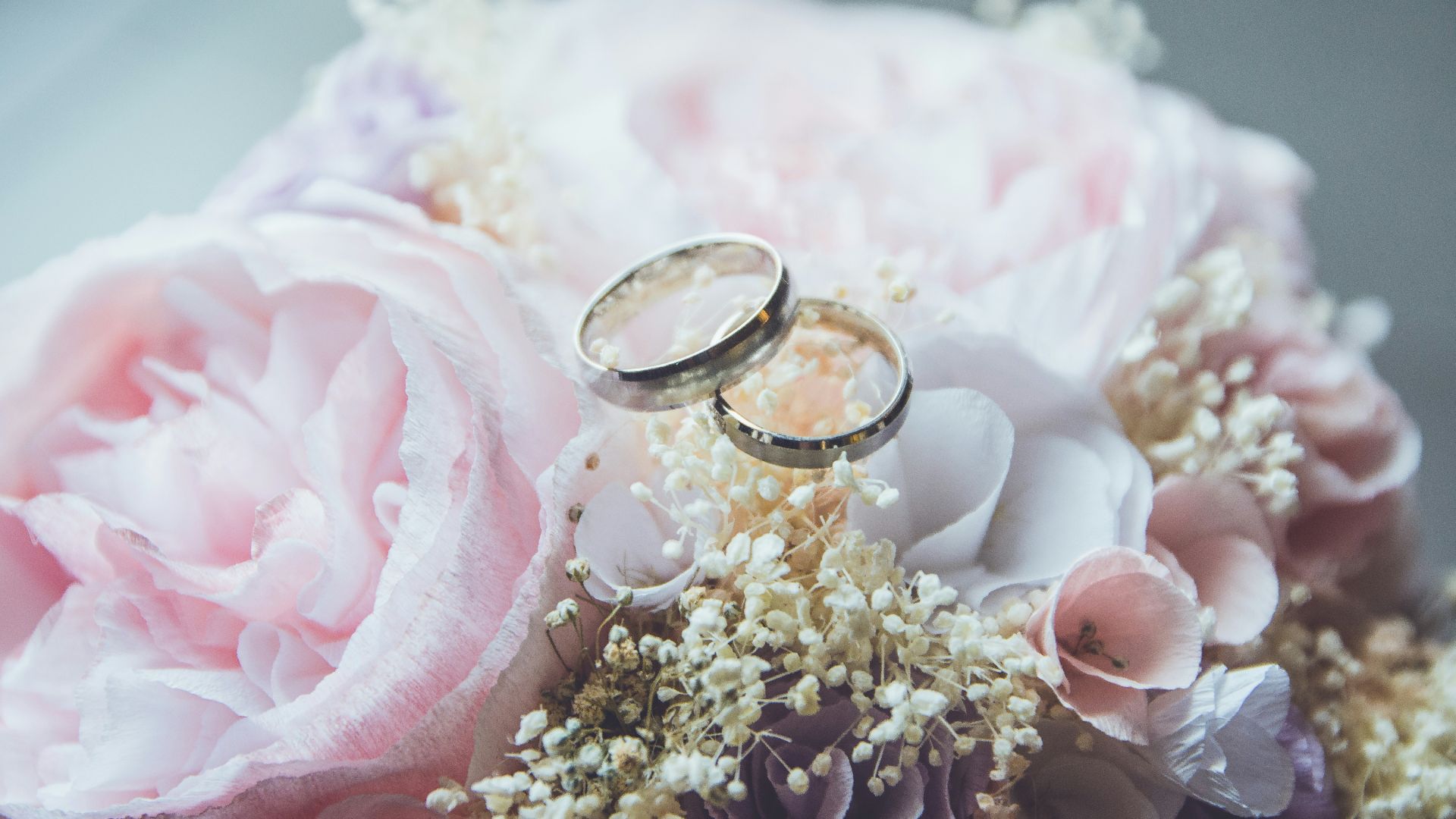 Beatriz Pérez Moya on Unsplash
Beatriz Pérez Moya on Unsplash
17. Same-Sex Marriage
While many cultures have been pro same-sex marriage for centuries, it wasn’t until the 21st century that gay couples could be officially recognized by their home countries. The Netherlands was the first country to legalize gay marriage, back in 2001. Belgium, Spain, Canada, and South Africa were the first countries to legalize this union, dating back to 2003, 2005, 2006, and 2006, respectively.
18. History Of The Veil
Wedding veils date back to ancient Greece and Rome, where a veil was said to protect the bride from evil spirits as the wedding ceremony was performed. In the Middle Ages, the veil evolved from biblical love stories, like Jacob and Leah, but was also used to showcase the family’s wealth.
19. Stag And Does
These popular pre-wedding gatherings actually originate in Ancient Sparta, where men would feast and toast the groom-to-be the night before his wedding. However, “stag and hen” parties related to wedding celebrations first appeared in the United Kingdom in the 1960s. The “stag and doe” is actually a Canadian-specific event, and is quite popular in Manitoba and Ontario.
20. Shift Of Mindset
Weddings were a common practice to solidify social and economic places for families, and that idea only changed as recently as the 18th century. The age of enlightenment shifted the focus of marriage from creating alliances to encouraging young people to choose partners based on romantic feelings.


